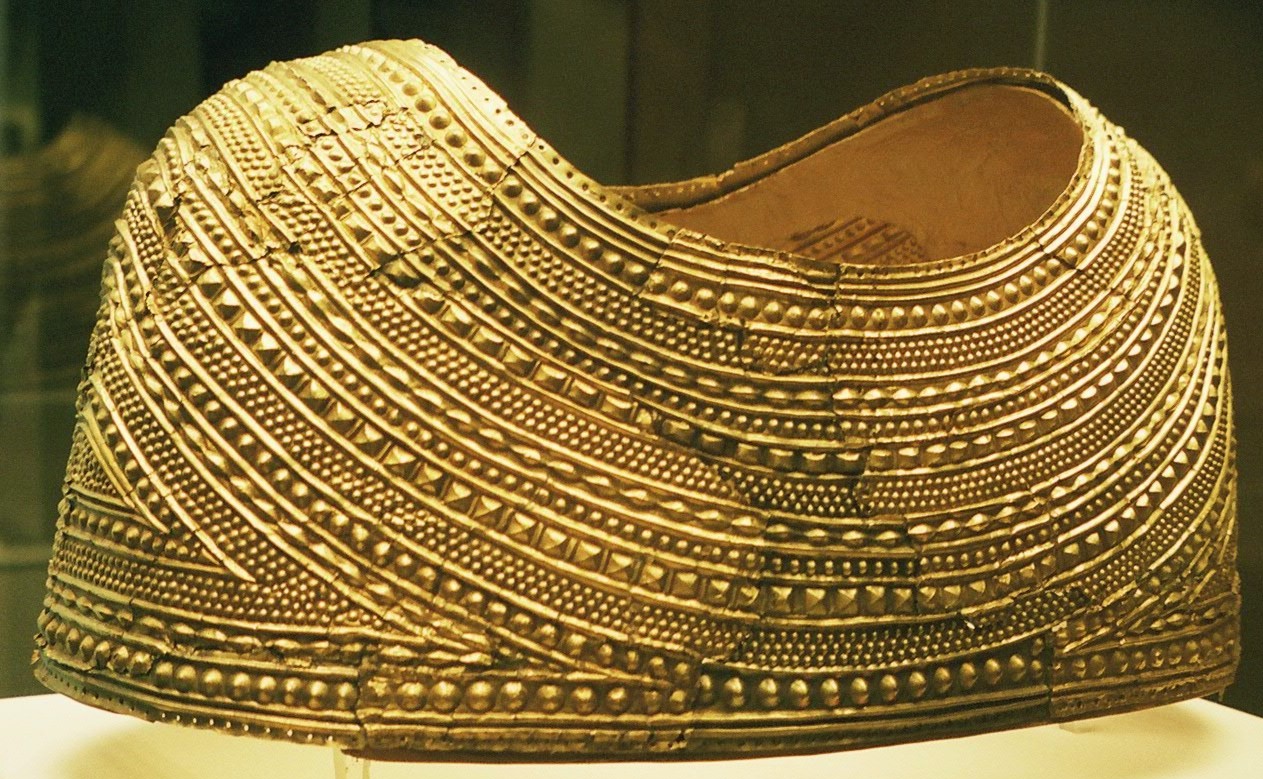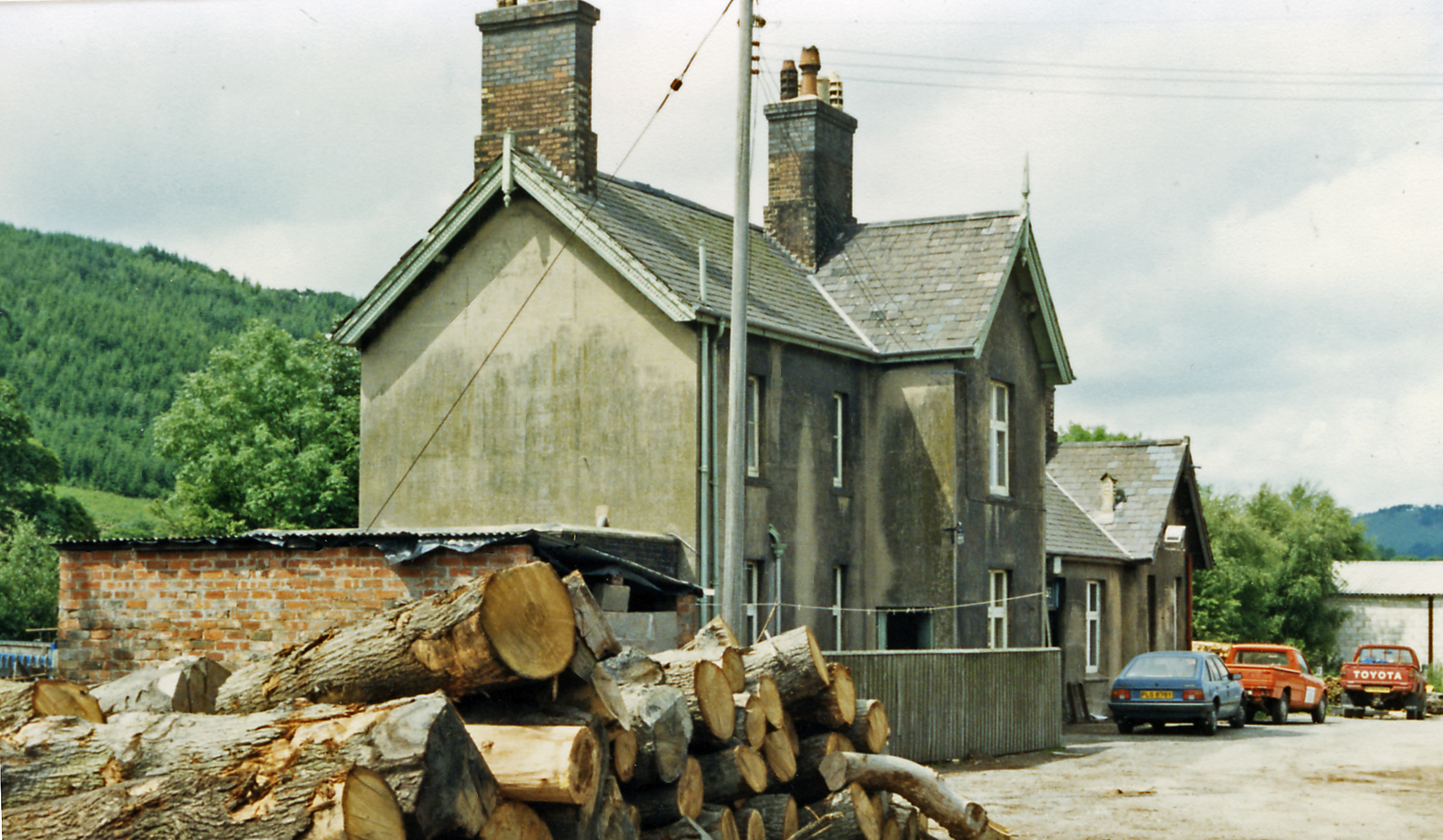|
Mold Railway Station
Mold railway station in Mold, Flintshire, Wales, opened on 14 August 1849 as the terminus of a double-track line from the Chester and Holyhead Railway, starting at Saltney near Chester. It was joined in September 1869 by Mold and Denbigh Junction Railway. In January 1892 a line opened between Mold and Coed Talon, which was extended in 1898 to Brymbo. Closed The extended service ceased in 1950. Mold station closed for passengers in 1962, and closed completely on 4 May 1964. The site of the station has been occupied since the 1990s by a supermarket. References Further reading * Disused railway stations in Flintshire Railway stations in Great Britain opened in 1849 Railway stations in Great Britain closed in 1962 Former London and North Western Railway stations Mold, Flintshire {{Wales-railstation-stub ... [...More Info...] [...Related Items...] OR: [Wikipedia] [Google] [Baidu] |
Mold, Flintshire
Mold ( cy, Yr Wyddgrug) is a town and community in Flintshire, Wales, on the River Alyn. It is the county town and administrative seat of Flintshire County Council, as it was of Clwyd from 1974 to 1996. According to the 2011 UK Census, it had a population of 10,058. A 2019 estimate puts it at 10,123. Origin of the name The original Welsh-language place name, ''Yr Wyddgrug'' was recorded as ''Gythe Gruc'' in a document of 1280–1281, and means "The Mound of the Tomb/Sepulchre". The name "Mold" originates from the Norman-French ''mont-hault'' ("high hill"). The name was originally applied to the site of Mold Castle in connection with its builder Robert de Montalt, an Anglo-Norman lord. It is recorded as ''Mohald'' in a document of 1254. History A mile west of the town is Maes Garmon, ("The Field of Germanus"), the traditional site of the "Alleluia Victory" by a force of Romano-Britons led by Germanus of Auxerre against the invading Picts and Scots, which occurred shortly af ... [...More Info...] [...Related Items...] OR: [Wikipedia] [Google] [Baidu] |
Flintshire
, settlement_type = County , image_skyline = , image_alt = , image_caption = , image_flag = , image_shield = Arms of Flintshire County Council.svg , shield_size = 100px , shield_alt = , shield_link = , image_blank_emblem = , blank_emblem_alt = , image_map = File: Flintshire UK location map.svg , map_alt = , map_caption = Flintshire shown within Wales , coordinates = , subdivision_type = Sovereign state , subdivision_name = , subdivision_type1 = Constituent country , subdivision_type2 = Preserved county , subdivision_name1 = , subdivision_name2 = Clwyd , established_title ... [...More Info...] [...Related Items...] OR: [Wikipedia] [Google] [Baidu] |
Ordnance Survey National Grid
The Ordnance Survey National Grid reference system (OSGB) (also known as British National Grid (BNG)) is a system of geographic grid references used in Great Britain, distinct from latitude and longitude. The Ordnance Survey (OS) devised the national grid reference system, and it is heavily used in their survey data, and in maps based on those surveys, whether published by the Ordnance Survey or by commercial map producers. Grid references are also commonly quoted in other publications and data sources, such as guide books and government planning documents. A number of different systems exist that can provide grid references for locations within the British Isles: this article describes the system created solely for Great Britain and its outlying islands (including the Isle of Man); the Irish grid reference system was a similar system created by the Ordnance Survey of Ireland and the Ordnance Survey of Northern Ireland for the island of Ireland. The Universal Transverse Merca ... [...More Info...] [...Related Items...] OR: [Wikipedia] [Google] [Baidu] |
Mold And Denbigh Junction Railway
The Mold and Denbigh Junction Railway was a railway company that built a railway line in North Wales. It formed a link between the Mold Railway (from Chester) and the Vale of Clwyd Railway towards Rhyl. The line opened in 1869. Serving a largely rural district, it never attracted much business, and the passenger service was withdrawn in 1962. Ordinary goods traffic ceased not long after, and the line closed completely in 1983. Conception The Chester and Holyhead Railway was opened throughout in 1850,Peter E Baughan, ''A Regional History of the Railways of Great Britain: 14: North and Mid Wales'', David St John Thomas, Nairn, 1991, , pages 22 and 24 and it was absorbed by the London and North Western Railway in 1858. The Great Western Railway was the principal competitor of the LNWR in the area, and the GWR had taken steps to reach Rhyl, an important regional centre. It hoped to do this by taking control of a series of local railways, northwards from the Vale of Llangollen ... [...More Info...] [...Related Items...] OR: [Wikipedia] [Google] [Baidu] |
London And North Western Railway
The London and North Western Railway (LNWR, L&NWR) was a British railway company between 1846 and 1922. In the late 19th century, the L&NWR was the largest joint stock company in the United Kingdom. In 1923, it became a constituent of the London, Midland and Scottish (LMS) railway, and, in 1948, the London Midland Region of British Railways: the LNWR is effectively an ancestor of today's West Coast Main Line. History The company was formed on 16 July 1846 by the amalgamation of the Grand Junction Railway, London and Birmingham Railway and the Manchester and Birmingham Railway. This move was prompted, in part, by the Great Western Railway's plans for a railway north from Oxford to Birmingham. The company initially had a network of approximately , connecting London with Birmingham, Crewe, Chester, Liverpool and Manchester. The headquarters were at Euston railway station. As traffic increased, it was greatly expanded with the opening in 1849 of the Great Hall, designed by P ... [...More Info...] [...Related Items...] OR: [Wikipedia] [Google] [Baidu] |
London, Midland And Scottish Railway
The London, Midland and Scottish Railway (LMSIt has been argued that the initials LMSR should be used to be consistent with LNER, GWR and SR. The London, Midland and Scottish Railway's corporate image used LMS, and this is what is generally used in historical circles. The LMS occasionally also used the initials LM&SR. For consistency, this article uses the initials LMS.) was a British railway company. It was formed on 1 January 1923 under the Railways Act of 1921, which required the grouping of over 120 separate railways into four. The companies merged into the LMS included the London and North Western Railway, Midland Railway, the Lancashire and Yorkshire Railway (which had previously merged with the London and North Western Railway on 1 January 1922), several Scottish railway companies (including the Caledonian Railway), and numerous other, smaller ventures. Besides being the world's largest transport organisation, the company was also the largest commercial enterprise ... [...More Info...] [...Related Items...] OR: [Wikipedia] [Google] [Baidu] |
Llong Railway Station
Llong railway station was a station in Llong, Flintshire, Wales. The station was opened on 14 August 1849 and closed on 30 April 1962. The station building is now a private residence. In 1947 there were 8 trains a day each way. References Further reading * Disused railway stations in Flintshire Railway stations in Great Britain opened in 1849 Railway stations in Great Britain closed in 1917 Railway stations in Great Britain opened in 1919 Railway stations in Great Britain closed in 1962 Former London and North Western Railway stations {{Wales-railstation-stub ... [...More Info...] [...Related Items...] OR: [Wikipedia] [Google] [Baidu] |
Mold Railway
The Mold Railway was a railway company that built a line in north-east Wales. The line linked Mold to Chester and it opened on 14 August 1849. The company built a mineral branch line to Ffrith, opened in November 1849. Mold itself was an important regional centre, and contained considerable mineral resources. The London and North Western Railway took over the company in 1859. As the mineral industry developed, steelmaking at Brymbo became dominant, and the LNWR arranged with the Great Western Railway to connect to that place. The passenger service closed in 1962, and in 1972 all rail activity ceased except for serving the Synthite factory just north of Mold; total closure followed in 1983. Formation The Chester and Holyhead Railway opened its route in 1848 as far as Bangor, and throughout in 1850.Peter E Baughan, ''A Regional History of the Railways of Great Britain: 14: North and Mid Wales'', David St John Thomas, Nairn, 1991, , pages 22 and 24 Its promoters saw the Irish ... [...More Info...] [...Related Items...] OR: [Wikipedia] [Google] [Baidu] |
Rhydymwyn Railway Station
Rhydymwyn railway station was a station in Rhydymwyn, Flintshire , settlement_type = County , image_skyline = , image_alt = , image_caption = , image_flag = , image_shield = Arms of Flint ..., Wales. The station was opened on 6 September 1869, closed to passengers on 30 April 1962 and closed completely on 4 May 1964. Today the station buildings are still extant although the track bed between the platforms has been infilled. Crossing gates can still be found in undergrowth. References Further reading * Disused railway stations in Flintshire Railway stations in Great Britain opened in 1869 Railway stations in Great Britain closed in 1964 Former London and North Western Railway stations {{Wales-railstation-stub ... [...More Info...] [...Related Items...] OR: [Wikipedia] [Google] [Baidu] |
Railway Stations In Great Britain Opened In 1849
Rail transport (also known as train transport) is a means of transport that transfers passengers and goods on wheeled vehicles running on rails, which are incorporated in tracks. In contrast to road transport, where the vehicles run on a prepared flat surface, rail vehicles (rolling stock) are directionally guided by the tracks on which they run. Tracks usually consist of steel rails, installed on sleepers (ties) set in ballast, on which the rolling stock, usually fitted with metal wheels, moves. Other variations are also possible, such as "slab track", in which the rails are fastened to a concrete foundation resting on a prepared subsurface. Rolling stock in a rail transport system generally encounters lower frictional resistance than rubber-tyred road vehicles, so passenger and freight cars (carriages and wagons) can be coupled into longer trains. The operation is carried out by a railway company, providing transport between train stations or freight customer facil ... [...More Info...] [...Related Items...] OR: [Wikipedia] [Google] [Baidu] |
Railway Stations In Great Britain Closed In 1962
Rail transport (also known as train transport) is a means of transport that transfers passengers and goods on wheeled vehicles running on rails, which are incorporated in tracks. In contrast to road transport, where the vehicles run on a prepared flat surface, rail vehicles (rolling stock) are directionally guided by the tracks on which they run. Tracks usually consist of steel rails, installed on sleepers (ties) set in ballast, on which the rolling stock, usually fitted with metal wheels, moves. Other variations are also possible, such as "slab track", in which the rails are fastened to a concrete foundation resting on a prepared subsurface. Rolling stock in a rail transport system generally encounters lower frictional resistance than rubber-tyred road vehicles, so passenger and freight cars (carriages and wagons) can be coupled into longer trains. The operation is carried out by a railway company, providing transport between train stations or freight customer facilit ... [...More Info...] [...Related Items...] OR: [Wikipedia] [Google] [Baidu] |






